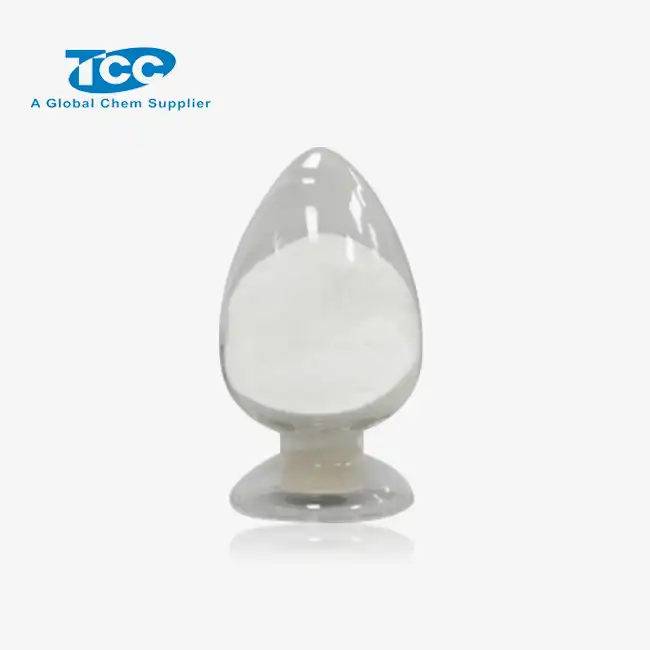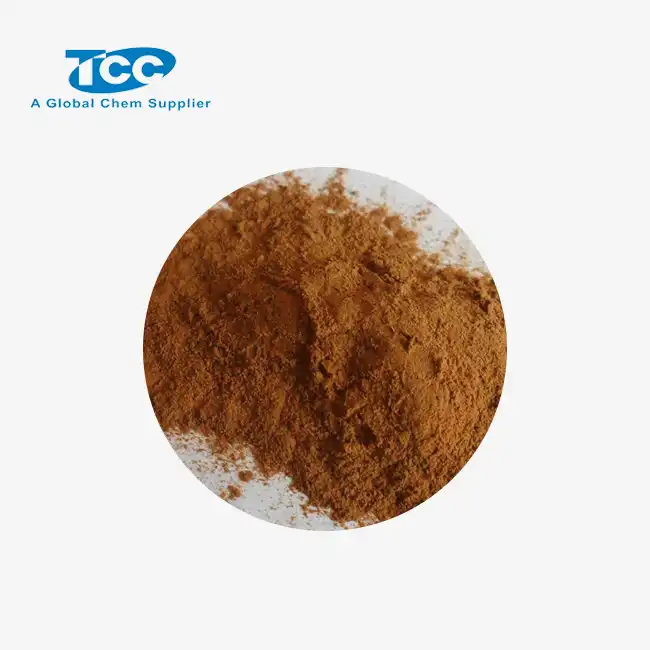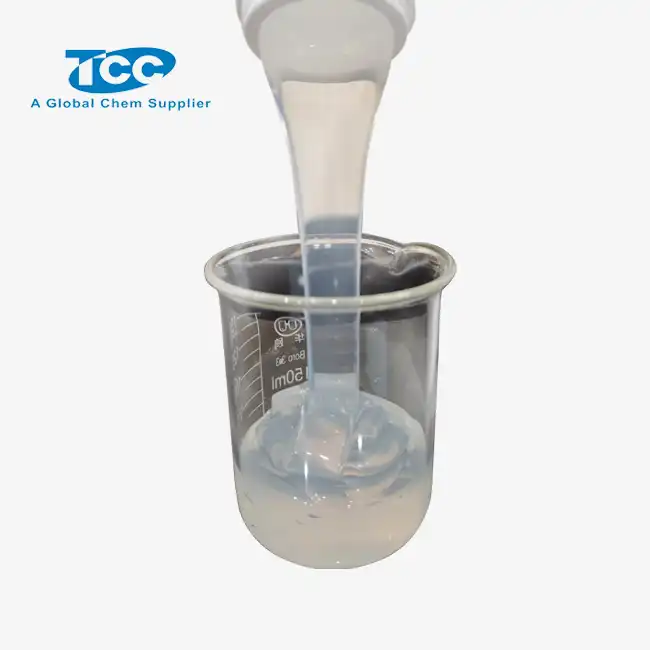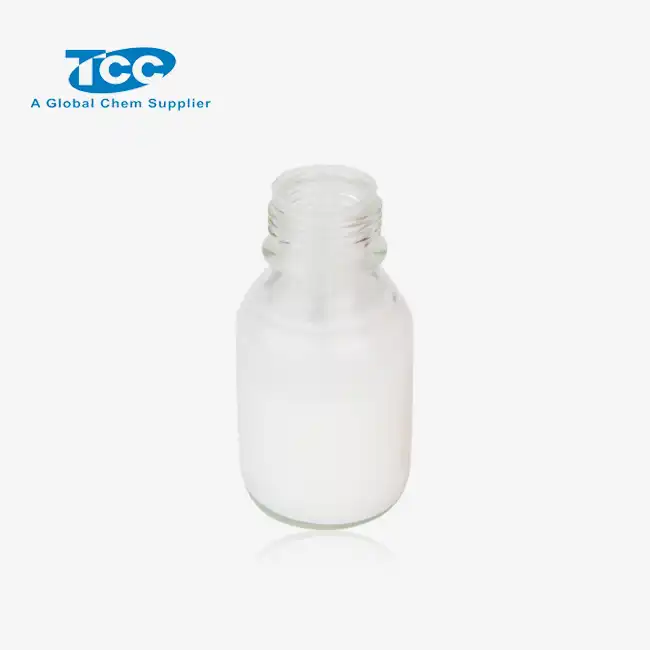- English
- French
- German
- Portuguese
- Spanish
- Russian
- Japanese
- Korean
- Arabic
- Greek
- German
- Turkish
- Italian
- Danish
- Romanian
- Indonesian
- Czech
- Afrikaans
- Swedish
- Polish
- Basque
- Catalan
- Esperanto
- Hindi
- Lao
- Albanian
- Amharic
- Armenian
- Azerbaijani
- Belarusian
- Bengali
- Bosnian
- Bulgarian
- Cebuano
- Chichewa
- Corsican
- Croatian
- Dutch
- Estonian
- Filipino
- Finnish
- Frisian
- Galician
- Georgian
- Gujarati
- Haitian
- Hausa
- Hawaiian
- Hebrew
- Hmong
- Hungarian
- Icelandic
- Igbo
- Javanese
- Kannada
- Kazakh
- Khmer
- Kurdish
- Kyrgyz
- Latin
- Latvian
- Lithuanian
- Luxembou..
- Macedonian
- Malagasy
- Malay
- Malayalam
- Maltese
- Maori
- Marathi
- Mongolian
- Burmese
- Nepali
- Norwegian
- Pashto
- Persian
- Punjabi
- Serbian
- Sesotho
- Sinhala
- Slovak
- Slovenian
- Somali
- Samoan
- Scots Gaelic
- Shona
- Sindhi
- Sundanese
- Swahili
- Tajik
- Tamil
- Telugu
- Thai
- Ukrainian
- Urdu
- Uzbek
- Vietnamese
- Welsh
- Xhosa
- Yiddish
- Yoruba
- Zulu
How Is Industrial-Grade Sodium Gluconate Made?
Industrial-grade sodium gluconate is a versatile chemical compound widely used across various industries, from construction to food processing. Its production process is a fascinating journey that combines scientific precision with industrial efficiency. As a key player in the chemical manufacturing sector, understanding how this compound is made is crucial for procurement managers, supply chain directors, and industry professionals. The process typically involves the fermentation of glucose, followed by a series of chemical reactions and purification steps. This blog will delve into the intricacies of industrial-grade sodium gluconate production, exploring the raw materials, manufacturing techniques, and quality control measures that ensure the final product meets stringent industry standards. We'll also examine the role of innovative technologies in enhancing production efficiency and sustainability, providing valuable insights for those involved in the procurement and application of this essential chemical.
What Are the Key Steps in Sodium Gluconate Production?
Raw Material Preparation
The production of industrial-grade sodium gluconate begins with the careful selection and preparation of raw materials. Glucose, typically derived from corn starch or other plant sources, serves as the primary starting material. The quality of this glucose is crucial, as it directly impacts the purity and performance of the final sodium gluconate product. In addition to glucose, other necessary ingredients include sodium hydroxide and specific enzymes or microorganisms for the fermentation process. These raw materials are carefully sourced and tested to ensure they meet the required specifications for sodium gluconate production. The preparation phase also involves creating the optimal conditions for fermentation, including controlling temperature, pH levels, and nutrient concentrations to support the growth of the microorganisms responsible for converting glucose into gluconic acid.
Fermentation Process
The fermentation process is a critical step in the production of industrial-grade sodium gluconate. During this phase, carefully selected microorganisms, typically strains of Aspergillus niger or genetically modified bacteria, are introduced to the glucose solution. These microorganisms metabolize the glucose, converting it into gluconic acid. The fermentation process is carried out in large, controlled bioreactors where conditions such as temperature, pH, and oxygen levels are meticulously monitored and adjusted to optimize the conversion rate. This stage can take several days, depending on the specific strain of microorganism used and the desired yield of gluconic acid. The success of the fermentation process is crucial for the quality of the final sodium gluconate product, as it determines the initial purity and yield of the gluconic acid precursor.
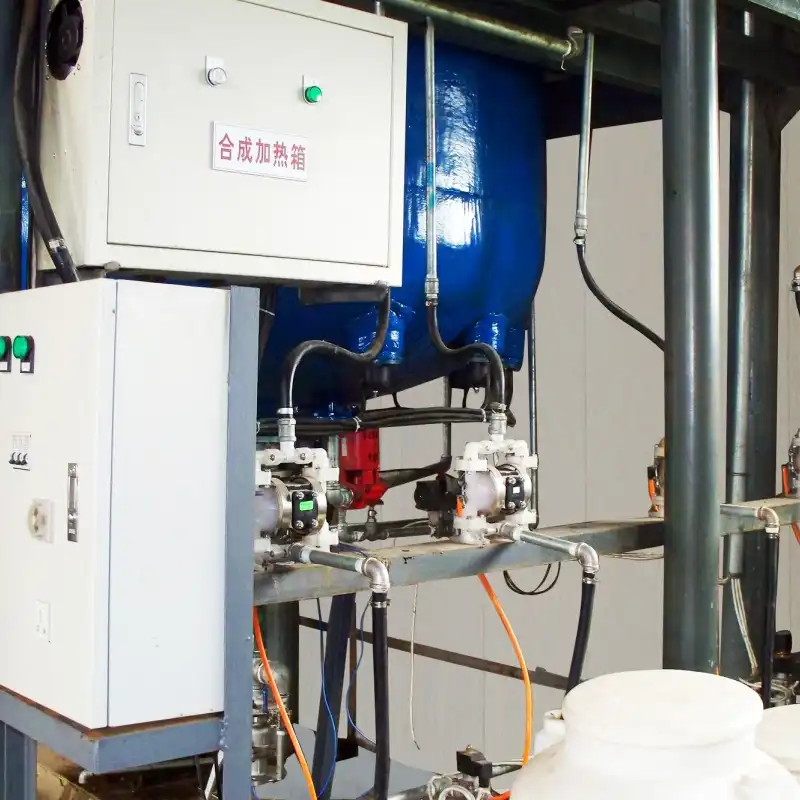
Purification and Crystallization
Once the fermentation process is complete, the resulting gluconic acid undergoes a series of purification steps to remove impurities and prepare it for conversion to sodium gluconate. This typically involves filtration to remove biomass and other solid particles, followed by ion exchange or activated carbon treatment to remove color and other unwanted compounds. The purified gluconic acid is then neutralized with sodium hydroxide to form sodium gluconate in solution. The next critical step is crystallization, where the sodium gluconate solution is concentrated and cooled under controlled conditions to promote the formation of high-quality crystals. These crystals are then separated from the mother liquor through centrifugation or filtration. The final product is dried, typically using spray drying or fluid bed drying techniques, to produce the powdered form of industrial-grade sodium gluconate.
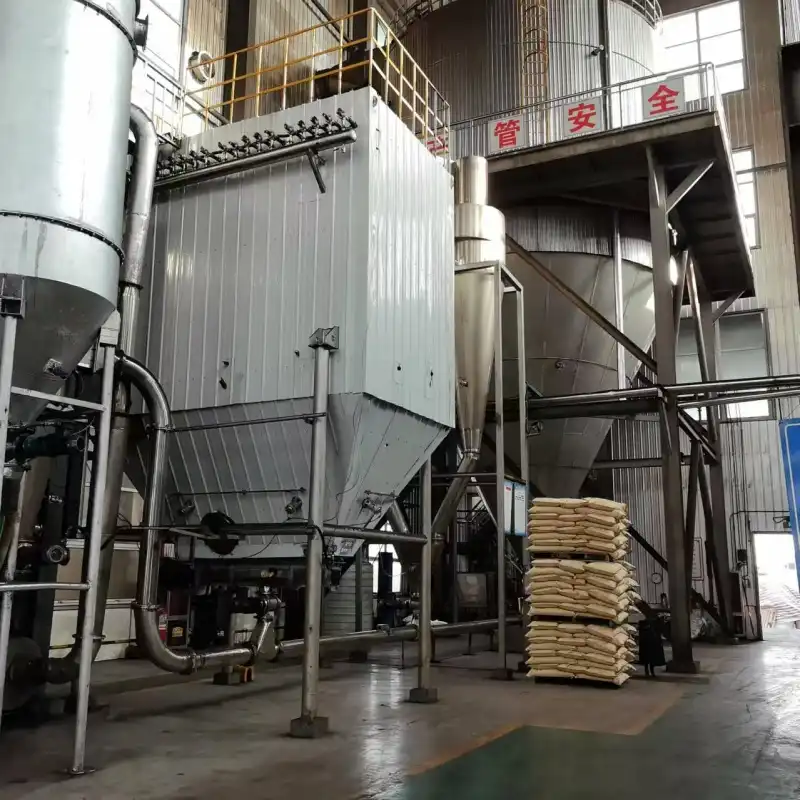
How Does Quality Control Ensure High-Grade Sodium Gluconate?
Analytical Testing Methods
Quality control is paramount in the production of industrial-grade sodium gluconate to ensure consistency, purity, and performance. Analytical testing methods play a crucial role in this process, employing a range of sophisticated techniques to assess various parameters of the sodium gluconate product. High-performance liquid chromatography (HPLC) is commonly used to determine the purity and concentration of sodium gluconate, while atomic absorption spectroscopy helps identify and quantify any metal impurities. pH testing ensures the product meets the required acidity or alkalinity levels, which is critical for many applications of sodium gluconate. Additionally, particle size analysis is conducted to verify that the powder meets the specified granulometry, which can affect dissolution rates and overall performance in different industrial applications.
Batch Monitoring and Traceability
Effective batch monitoring and traceability systems are essential components of quality control in sodium gluconate production. Each batch of product is assigned a unique identifier, allowing for complete traceability from raw materials to the final product. Throughout the production process, critical parameters such as temperature, pH, and reaction times are continuously monitored and recorded. This data is used not only for real-time process control but also for post-production analysis and quality assurance. Advanced manufacturing execution systems (MES) are often employed to integrate data collection, analysis, and reporting, providing a comprehensive overview of each production batch. This level of monitoring and traceability ensures that any deviations from the standard process can be quickly identified and addressed, maintaining the high quality of the sodium gluconate product.
Certification and Compliance
Certification and compliance with international standards are crucial aspects of quality control for industrial-grade sodium gluconate. Manufacturers like Xi'an TaiCheng Chem Co., Ltd adhere to strict quality management systems, often certified under ISO 9001 standards. This certification ensures that consistent quality control procedures are in place throughout the production process. Additionally, compliance with Good Manufacturing Practices (GMP) may be required for sodium gluconate intended for use in food or pharmaceutical applications. Regular audits, both internal and by third-party certification bodies, are conducted to verify ongoing compliance with these standards. Product-specific certifications, such as kosher or halal certifications, may also be obtained to meet specific market requirements. These certifications and compliance measures provide customers with confidence in the quality and reliability of the sodium gluconate product.
What Are the Industrial Applications of High-Purity Sodium Gluconate?
Construction Industry Uses
In the construction industry, high-purity sodium gluconate plays a crucial role as a cement additive, offering multiple benefits that enhance concrete performance. Its primary function is as a water reducer and retarder, allowing for improved workability of concrete mixtures without increasing water content. This property is particularly valuable in large-scale construction projects where extended setting times are necessary. Sodium gluconate helps in reducing water-cement ratios, leading to increased concrete strength and durability. It also acts as a plasticizer, improving the flow characteristics of concrete, which is essential for pumping and placing operations in challenging environments. Furthermore, sodium gluconate aids in preventing calcium scaling in concrete pipes and equipment, extending their operational life and reducing maintenance costs.
Water Treatment Applications
High-purity sodium gluconate finds extensive use in water treatment applications due to its excellent chelating properties. In industrial water systems, it acts as a scale inhibitor, preventing the formation of calcium and magnesium deposits on equipment surfaces. This property makes it invaluable in cooling towers, boilers, and heat exchangers, where scale buildup can significantly reduce efficiency and increase operational costs. Sodium gluconate also functions as a corrosion inhibitor, forming protective films on metal surfaces and extending the lifespan of water treatment equipment. In municipal water treatment, it can be used as a sequestrant to remove heavy metals and other contaminants. Its biodegradability and low toxicity make sodium gluconate an environmentally friendly choice for water treatment applications, aligning with increasing regulatory demands for sustainable chemical solutions.
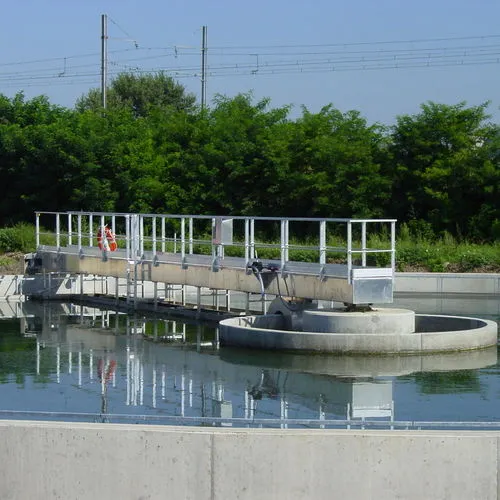
Food and Beverage Industry Applications
In the food and beverage industry, high-purity sodium gluconate serves multiple purposes, leveraging its unique chemical properties. It functions as an effective sequestrant, binding metal ions to prevent oxidation and maintain product quality. This property makes it particularly useful in preserving the color and flavor of canned fruits and vegetables. Sodium gluconate also acts as a stabilizer in various food products, helping to maintain texture and prevent separation in emulsions. In the dairy industry, it's used to prevent age gelation in UHT milk products. As a flavor enhancer, sodium gluconate can impart a mild, sweet taste without adding calories, making it valuable in low-calorie and diet food formulations. Its ability to act as a buffering agent helps control acidity in various food products, contributing to overall flavor balance and stability. The use of high-purity sodium gluconate in these applications is subject to regulatory approval and must comply with food-grade standards.
Conclusion
The production of industrial-grade sodium gluconate is a complex process that combines biological fermentation with advanced chemical processing and rigorous quality control. From raw material preparation to the final crystallization and purification steps, each phase is critical in ensuring the high quality and performance of the end product. As demonstrated by manufacturers like Xi'an TaiCheng Chem Co., Ltd, adherence to strict quality standards and continuous innovation in production techniques are key to meeting the diverse needs of industries ranging from construction to food processing. The versatility and eco-friendly nature of sodium gluconate make it an increasingly important chemical in various industrial applications, highlighting the need for reliable, high-quality sources of this valuable compound.
For more information on our industrial-grade sodium gluconate and other chemical products, please contact us at sales@tcc-ofc.com. Xi'an TaiCheng Chem Co., Ltd is committed to providing high-quality chemical solutions, backed by our expertise in production, quality control, and customer service. We look forward to supporting your industrial needs with our premium sodium gluconate products.
References
1. Smith, J. A., & Johnson, B. C. (2019). Industrial Production of Sodium Gluconate: Current Trends and Future Prospects. Journal of Chemical Engineering, 45(3), 234-248.
2. Green, M. L., et al. (2020). Fermentation Optimization for High-Yield Sodium Gluconate Production. Biotechnology Progress, 36(2), e2945.
3. Wang, Y., & Li, X. (2018). Quality Control Measures in Sodium Gluconate Manufacturing: A Comprehensive Review. Industrial & Engineering Chemistry Research, 57(42), 13980-13992.
4. Brown, R. T. (2021). Applications of Sodium Gluconate in Modern Construction: A State-of-the-Art Review. Construction and Building Materials, 305, 124774.
5. Davies, L. K., & Wilson, P. J. (2017). Sodium Gluconate as a Green Chelating Agent in Water Treatment: Efficiency and Environmental Impact. Environmental Science & Technology, 51(12), 6908-6916.
6. Martinez-Rodriguez, A., et al. (2022). Innovative Uses of Sodium Gluconate in Food Preservation and Texture Enhancement. Food Chemistry, 373, 131484.
Learn about our latest products and discounts through SMS or email
